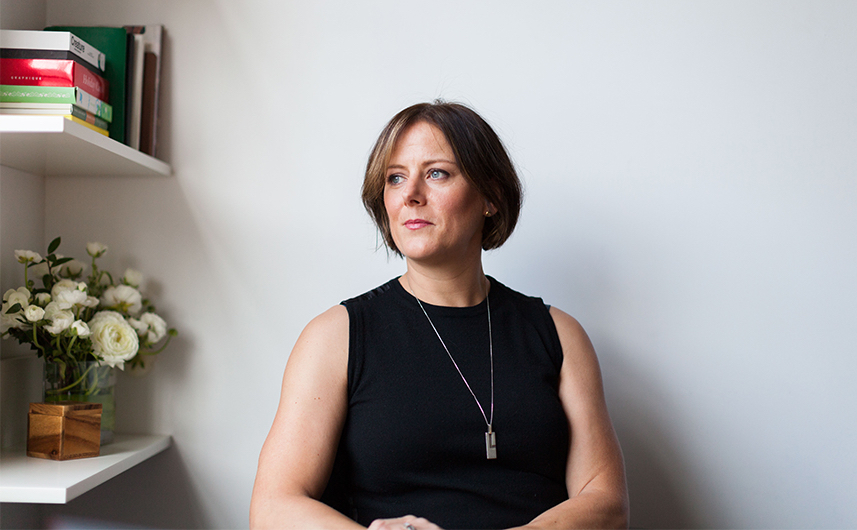Employees can easily become rattled and worried when things shift in shifts in down cycles.
As a result, CEOs looking to keep their people in focus and motivated, need a new way of reaching out to their employees.
In our White Paper, “How to Talk to Employees in Turbulent Times“, we offer CEOs practical tips on how to create a meaningful conversation in the workplace that reduces anxieties, instils hope and helps employees feel they are doing work that truly matters.
Emotive Brand is a brand strategy and design consultancy.









